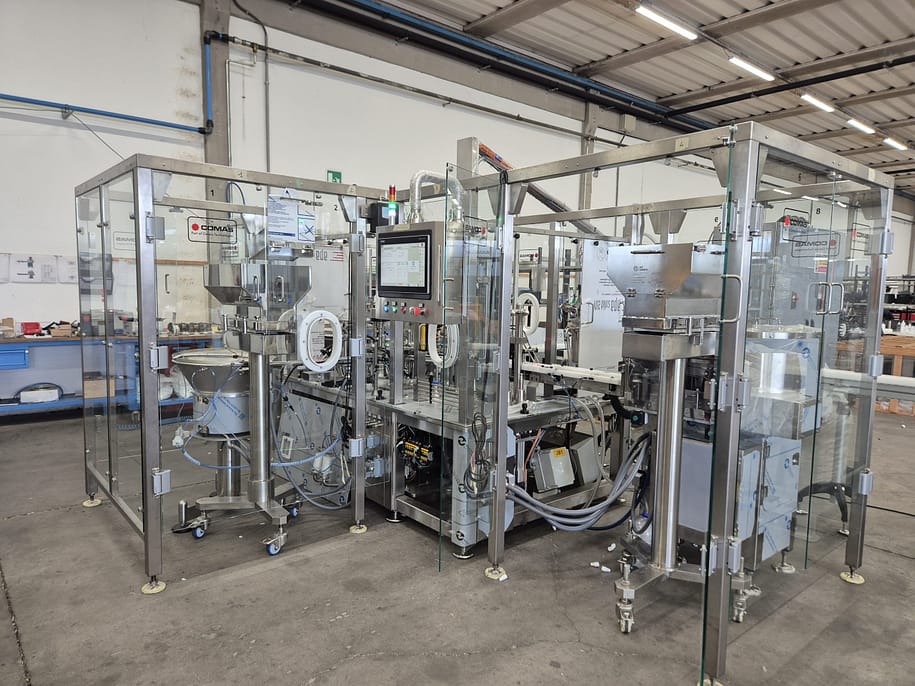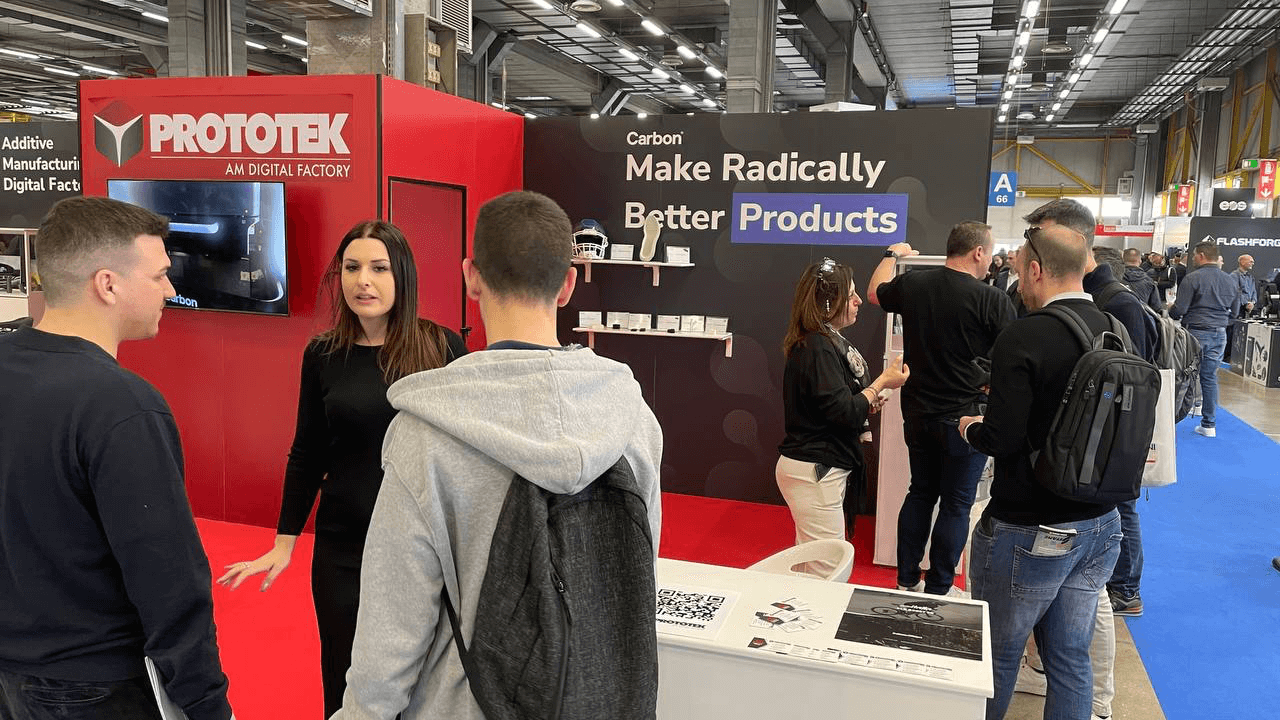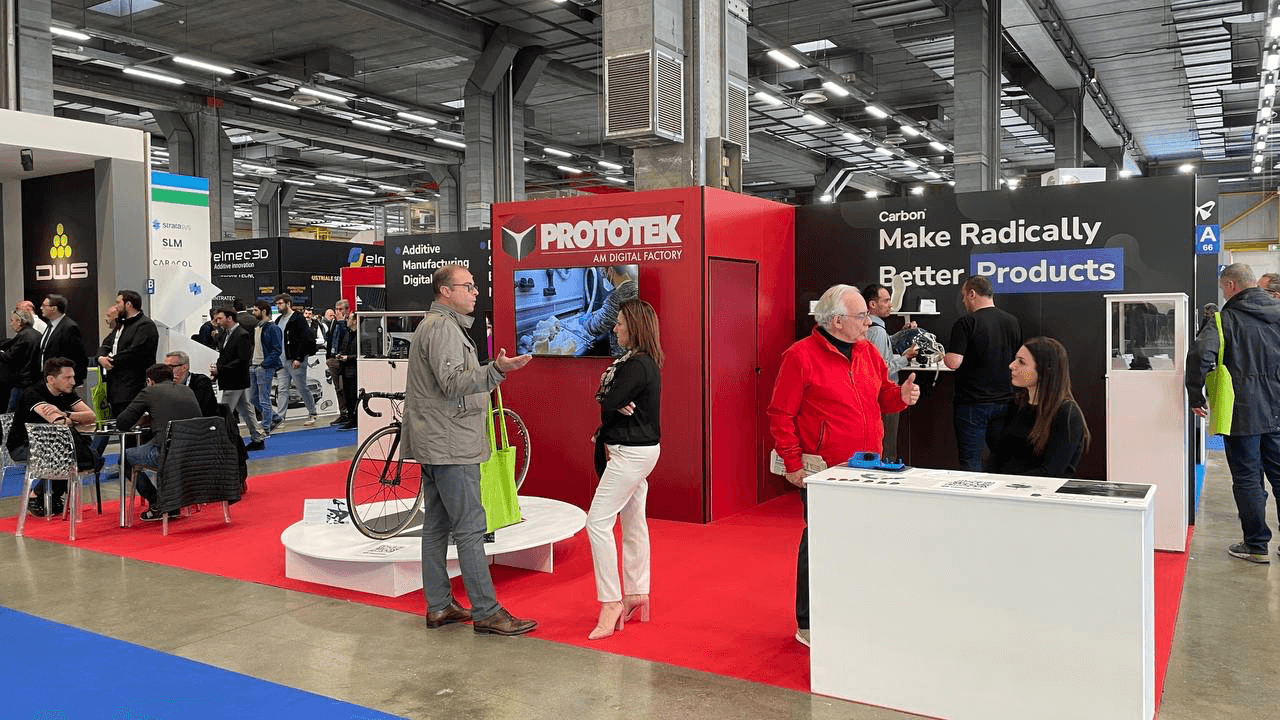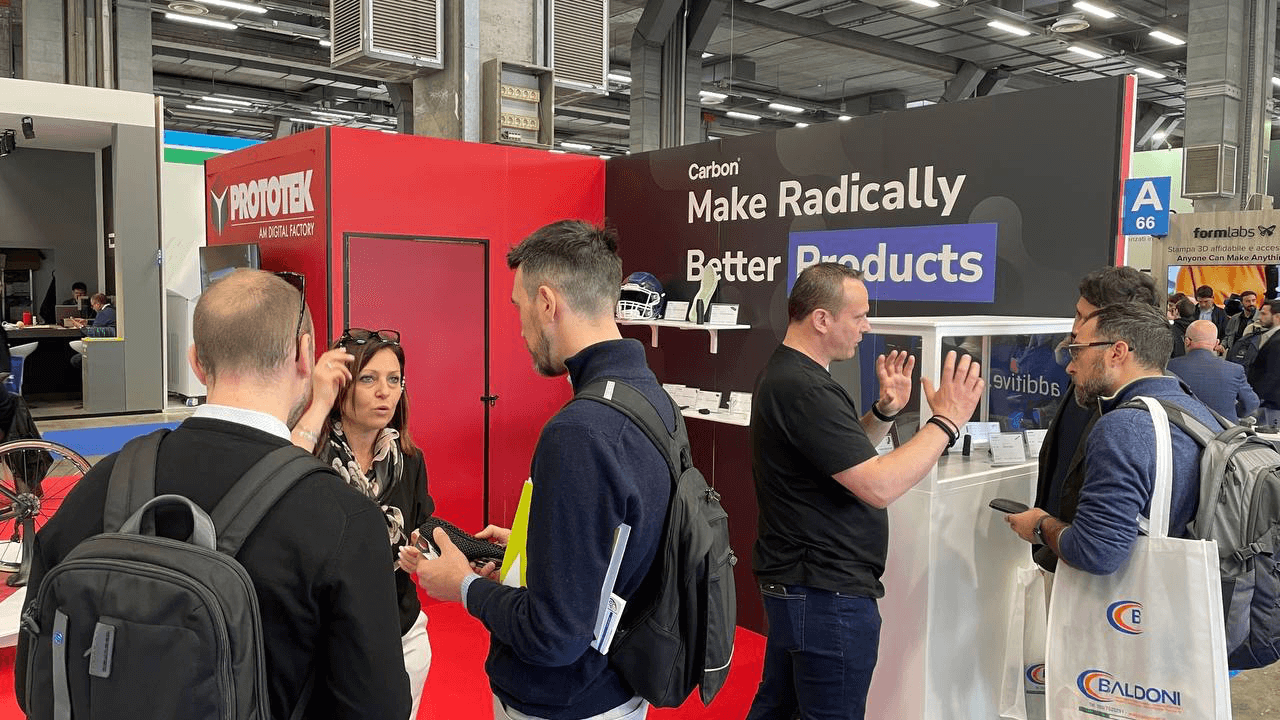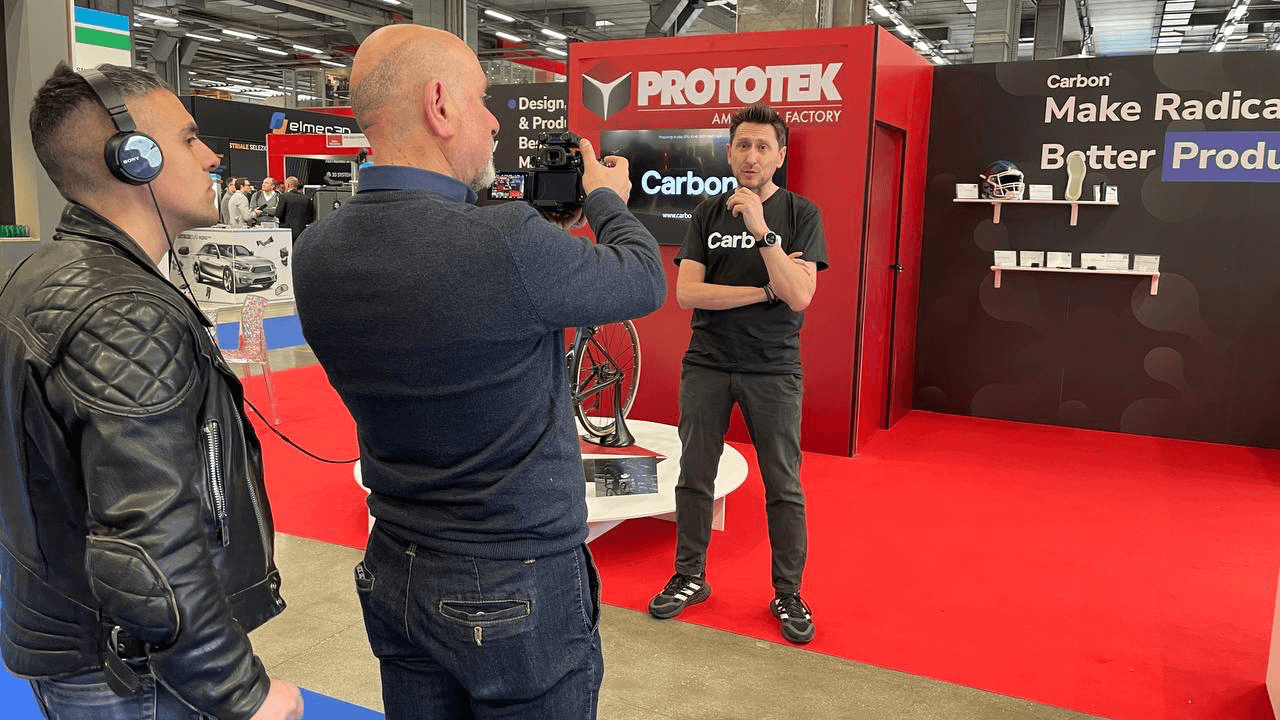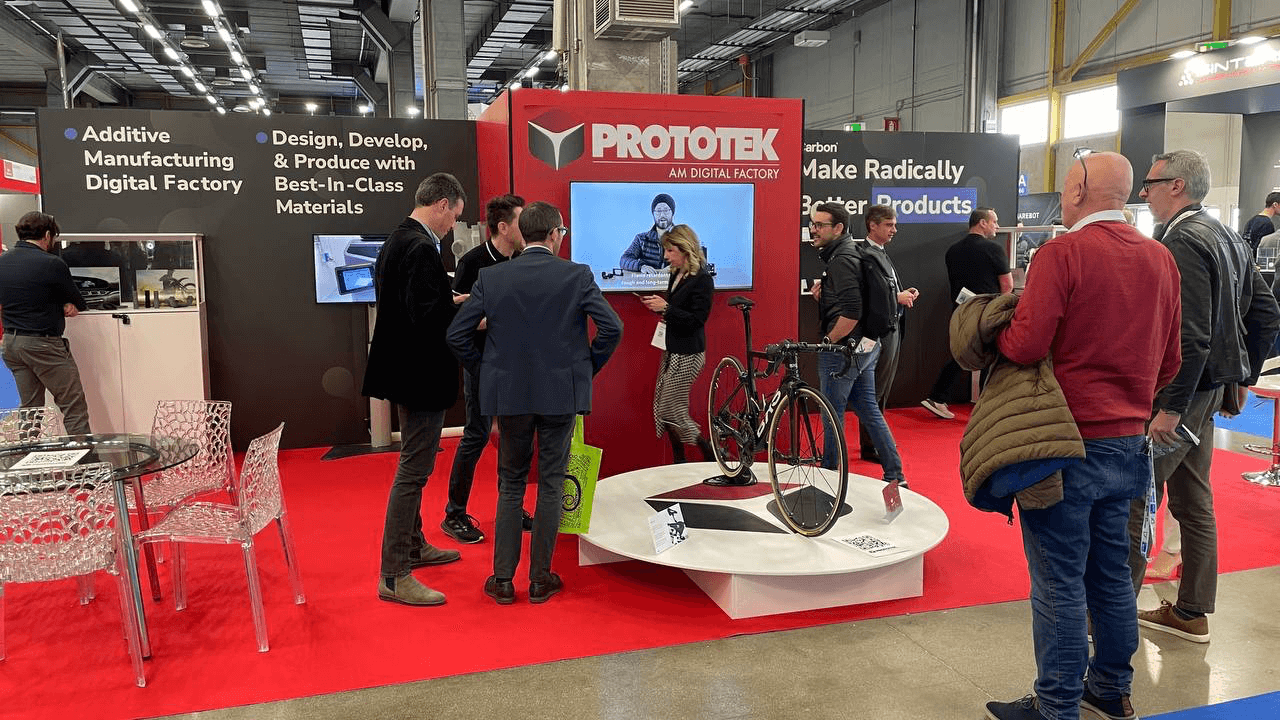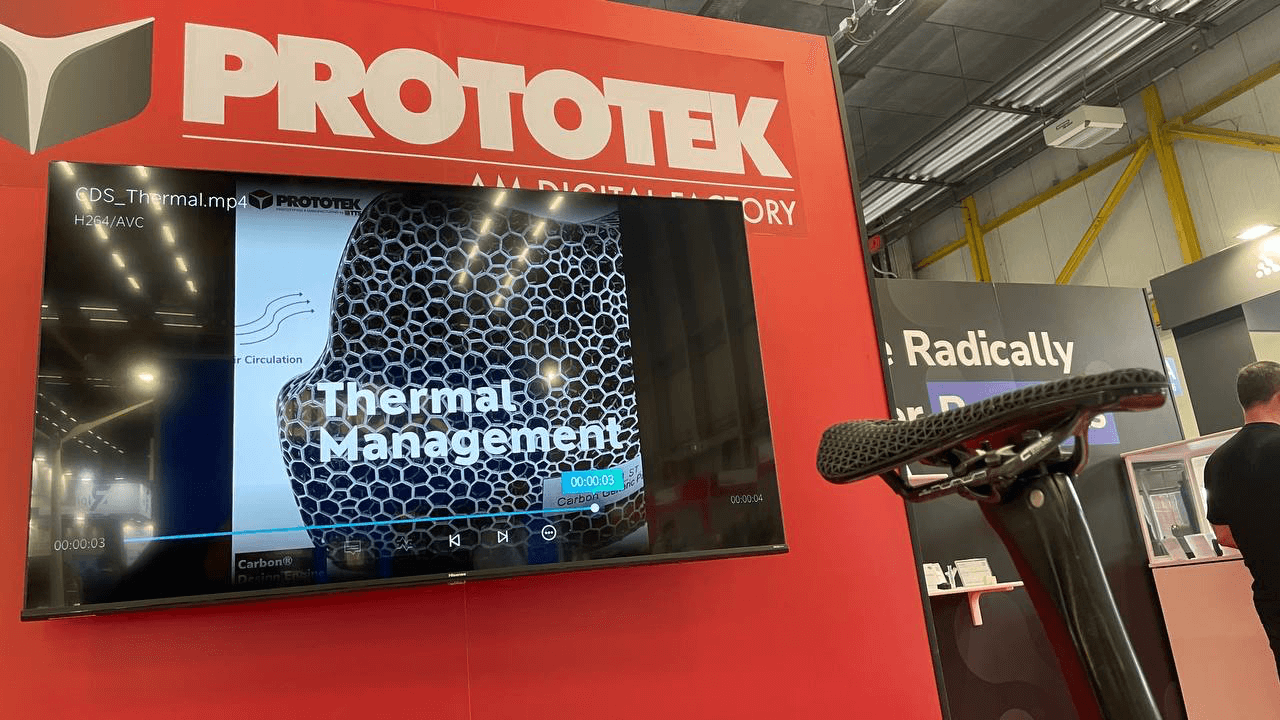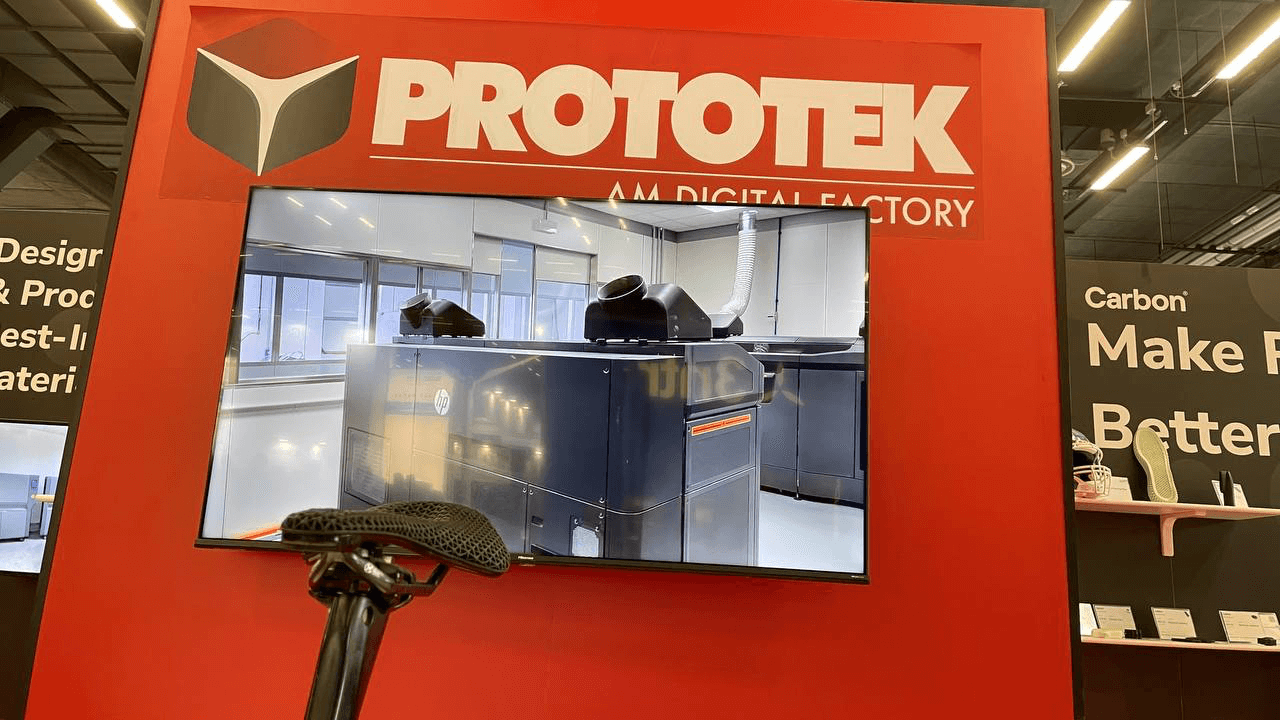In recent years, industrial 3D printing has established itself as a strategic game-changer for companies in automation and complex machinery manufacturing. This industrial additive manufacturing revolution enables firms to reimagine engineering workflows, slash costs, and accelerate time-to-market.
A concrete example emerges from COMAS, part of OMNIA Technologies Group, a leader in designing and building filling and capping machines for the pharmaceutical, cosmetics, and diagnostic industries. Through a collaboration with Prototek, COMAS integrated HP Multi Jet Fusion (MJF) technology to produce functional 3D printed components in Nylon PA12, achieving significant gains in performance, quality, and cost reduction.
About OMNIA Technologies Group
OMNIA Technologies is an international group specialized in advanced technologies for pharma, beverage, and industrial automation. With over 40 excellence brands under one umbrella, the group excels in delivering integrated, cutting-edge solutions.
OMNIA’s mission is to drive a sustainable and innovative approach to automation, leveraging synergies across its companies to hasten the adoption of industrial 3D printing and digital technologies within production lines.
COMAS: Innovation meets industrial precision
As part of OMNIA, COMAS is globally recognized for designing and manufacturing high-precision filling and closing machines for the pharmaceutical, cosmetics, and diagnostics sectors.
Precision, safety, and reliability are vital in these fields, and the adoption of industrial additive manufacturing allowed COMAS to elevate its production efficiency








Why COMAS chose HP Multi Jet Fusion
The decision to deploy HP Multi Jet Fusion (MJF) technology stemmed from the need to optimize development time and lower production costs while maintaining top-tier quality.
Using Nylon PA12 via MJF, COMAS manufactured functional parts with mechanical and dimensional stability suitable for demanding operational environments.
Key advantages achieved:
Lead time reduction: From CAD to finished component more rapidly, eliminating tooling or molding delays.
Design optimization: Freedom to produce complex geometries and embed features that are near-impossible with traditional methods.
Cost savings: Additive manufacturing is ideal for prototyping and low-to-mid volume production without sacrificing quality.
High quality & durability: PA12 printed via MJF ensures excellent mechanical strength, surface finish, and dimensional consistency.
Real-world functional component examples
Thanks to the MJF 3D printing process, COMAS produced several critical components for their machines:
Anti-rotation devices to prevent bottles from spinning during capping
Bellows for precise dosing and fluid transfer in pharmaceutical machinery
Ophthalmic machine parts (for eye-drop tubes), with complex geometries for safety and accuracy
Nasal spray / syrup machine parts ensuring uniform, accurate dosing
Diagnostic machine holders and tube supports optimized for strength and longevity
These examples illustrate how industrial additive manufacturing enables the creation of end-use, functional parts with performance levels that outmatch or rival traditional production techniques.




The role of Prototek: strategic 3D printing partner
Prototek’s expertise in professional 3D printing services was pivotal in COMAS’s success.
Collaborating with a seasoned industrial 3D printing service allowed COMAS to:
Streamline quality control through certified, traceable processes.
Shorten lead times by shifting rapidly from design to printed part.
Gain more durable, high-performance components ready for direct integration.
Simplify supply chain logistics by reducing reliance on tooling and external mold suppliers.
The synergy between COMAS’s engineering teams and Prototek’s additive manufacturing specialists led to improved component reliability and extended lifecycle, all while keeping tight cost control.


Industrial 3D printing as a real competitive edge
The COMAS case demonstrates that industrial 3D printing has evolved beyond prototyping into a mature production-ready technology. With HP Multi Jet Fusion and Prototek’s support, manufacturers can now produce functional parts optimized for performance, weight, and resilience.
In the competitive world of industrial automation, where customization, agility, and speed are differentiators, industrial additive manufacturing is a strategic lever to:
Shorten product development cycles
Enhance competitiveness
Minimize waste and environmental impact
Increase manufacturing flexibility.
Conclusion: an additive future for automation
COMAS – OMNIA Technologies’ journey with HP Multi Jet Fusion and Prototek marks a decisive step toward smarter, more sustainable, and customized production. In a landscape where speed, quality, and innovation matter, industrial 3D printing is proving to be a key technology driving digital transformation in manufacturing.
Curious how you can apply industrial 3D printing to your processes?
Request a consultation with Our Experts
